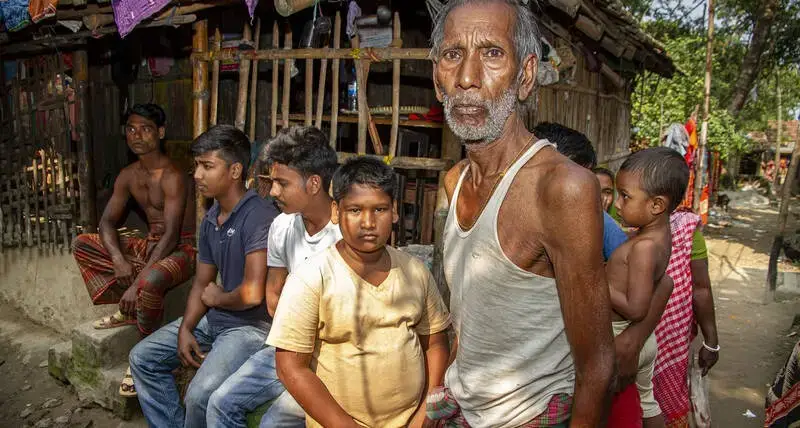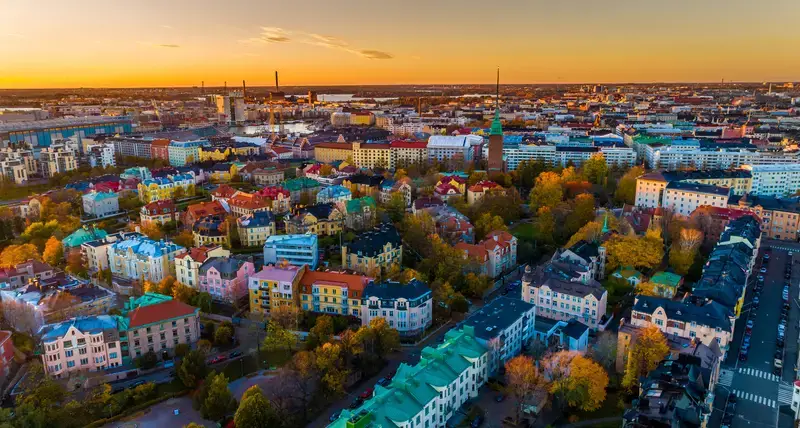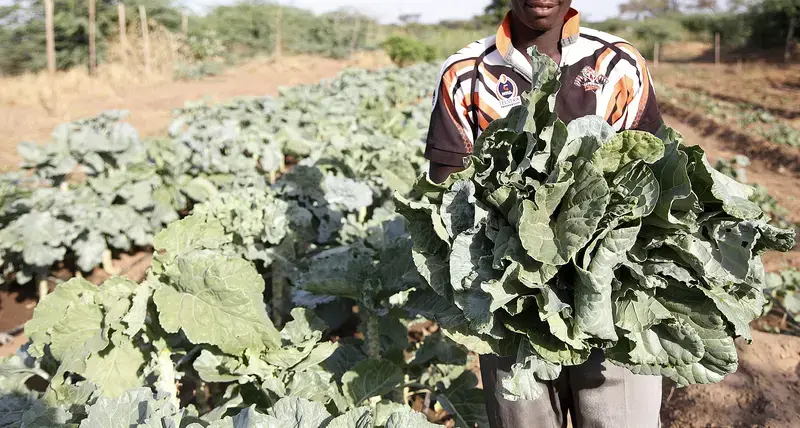Overview
UN-Habitat works at all levels and across sectors to advance the SDG localization with a
comprehensive strategy and set of tools specifically aimed at harnessing the potential and
capacities of local and regional governments.
Why is it important to link urban and rural areas?
While the world, and especially Africa, is rapidly urbanizing, the development gap between rural and urban areas tends to increase. Urbanization has been widely acknowledged for its transformative power, but even though urban and rural areas depend on each other, rural areas often lag behind and worldwide, 85 per cent of the poor still live in rural areas. In both the 2030 Agenda for Sustainable Development (SDGs)1 and the New Urban Agenda (NUA)2, United Nations Member States agreed to policies that support integrated urban and territorial planning and development. They called for new, inclusive approaches and enhanced synergies between urban and rural communities and spaces – an essential component of the vision of Agenda 2030 to “leave no one behind”.
Urban-Rural Linkages: Guiding Principles and Framework for Action
UN-Habitat initiated and convened the process to develop “Urban-Rural Linkages: Guiding Principles and framework for Action” with over 130 actors ranging from experts working in the field of urban, rural, and territorial development, representatives of national and sub-national governments, development partners, think tanks, academia, and intergovernmental organizations. The Urban-Rural Linkages: Guiding Principles and framework of actions are based on the premise that urban and rural areas should not be treated as separate entities when development plans, policies and strategies are made. Rather, the aim is to harness the potential that their combined synergy generates, so that everyone benefits from the circular flow along the urban-rural continuum.
The goal of these Guiding Principles is to inform pragmatic strategies and propose a Framework for Action to build an enabling environment for more inclusive and functional urban-rural linkages. The principles are flexible and can be applied by all levels of stakeholders at all scales. While the principles are designed for universal application, there are distinct roles and actions appropriate for national or local governments, civil society, the private sector and international organizations.
Please find below the Urban-Rural Linkages: Guiding Principles to Advance Integrated Territorial Development publication in English, French, Spanish, Arabic, Chinese and Portuguese that was launched in May 2019 during the UN-Habitat Assembly.
UN-Habitat has crafted a comprehensive strategy to accompany SDGs and local stakeholders in the chain of the SDGs:
From data to projects to reporting.

PROGRAMME
SDG Cities Project
SDG Cities Project
UN-Habitat has crafted a comprehensive strategy to accompany SDGs and local stakeholders in the chain of the SDGs:

PROGRAMME
Voluntary Local Reviews
Voluntary Local Reviews
UN-Habitat has crafted a comprehensive strategy to accompany SDGs and local stakeholders in the chain of the SDGs:

PROGRAMME
Global Urban Framework
Global Urban Framework
UN-Habitat has crafted a comprehensive strategy to accompany SDGs and local stakeholders in the chain of the SDGs:
The UN-Habitat Strategic Plan 2020-2023 includes four domains of change that guide all activities of the organization: 1) Reduced spatial
inequality and poverty in communities across the urban-rural continuum; 2) Enhanced shared prosperity of cities and regions; 3) Strengthened climate action and improved urban environment; and 4) Effective urban crisis prevention and response.
Thematic Focus
Donors and partners
Academia, such as the University of Twente /ITC, Cardiff University and UCCRN. Urban planning firms such as AECOM, Arcadis and ARUP will help develop sustainable climate risk-informed urban solutions, tailor-made for the urban poor but also coherent with the overall city plans. Other partner include UN Office for Disaster Risk Reduction, global networks of cities (ICLEI, C40, UCLG, Cities Alliance) and planners




